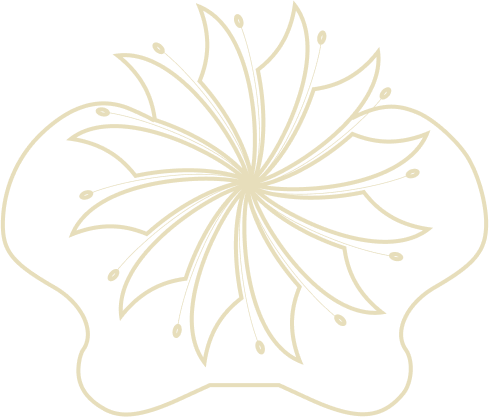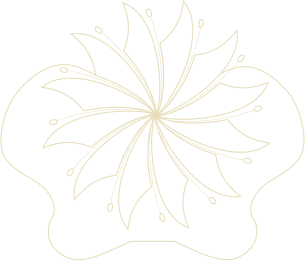Find practitioners in other areas
The sharing of this body of knowledge was driven by a growing demand from women to understand and heal their pelvic space.
The Internal Pelvic Release Work Mentoring Program was born, and warm-hearted women practitioners emerged from the learnings.
Each of them comes with a collection of knowledge and wisdom. Each of them knows how to nurture.
And Fiona is always in the background mentoring...
Regional Victoria
-
Geelong
-
Warrnambool
-
Albury
-
Healesville
-
Bright
Queensland
-
Sunshine Coast
Sally Whitson
https://midwifesal.com.au
M: 0456787559
Shelly Langford
www.shellylangford.com.au
M: 0408185614
E: hello@shellylangford.com.au
-
Brisbane
NSW
-
Byron Bay Hinterland/ Lismore area, NSW North Coast
-
Byron Bay/Lennox Head/Ballina/Greater Northern Rivers area
-
Young
Helen Johnson
Hilltops Women’s Health
www.hilltopswomenshealth.com.au
E: hilltopswomenshealth@gmail.com
ACT
Our Services
-
All organs in the body are supported by soft tissue connections. The pelvis being the bony guardian of a woman’s reproductive organs, also has a multitude of ligaments, fascia and muscles supporting the bladder, bowel and womb. The intention of these fibres is to hold the organs in a balanced, suspensory fashion. The capacity of these fibres to accommodate changes within the pelvis, most notably pregnancy, is extraordinary.
As in any other area of the body, soft tissues can hold tension.
Tension can be conscious or unconscious.
Tension can stem from injuries, postural habits, trauma, surgery, hobby or lifestyle choices.
Tension can restrict movement, flow, expansion, space of the bones and of the organs.
Tension in soft tissues can hold memories and emotions. We can hold ‘issues in the tissues’.
During an internal pelvic release session tension can be identified and invited to release with tender direct touch, so allowing the tissues to sigh.
When tissues sigh, space is created.
The vagina is a stretchable tube. Its ability to transform is gobsmacking. Women are usually only familiar with vaginal examinations that explore the top wall – as in a cervix check when in labour or for a pap smear. But the vagina has a back wall through which contact can be made with the soft tissue connections that provide stabilisation to the bones and to the organs.
It’s through the back wall of the vagina that we can use tender touch and directed breathing to free tension in the ligaments and muscles and fascia.
-
Directed Breathing
Employing the breath appropriately will amplify any touch/bodywork and birth preparation. It enables presence, supreme focus, tension release and an increase of circulation and function to pelvic structures and systems.
Working with the Pelvic FloorUterine Ligaments - “The Pelvic Clock Exercise” is a way to connect with the uterine ligaments that attach into the cervix and mastering release of tension in these powerful fibres.
Bum Jiggling - Jiggling is a highly effective and recommended way to release tension, synchronise body systems, prepare for birth, make more space for the baby and activate the parasympathetic nervous system. It is also a highly enjoyable and easy to learn practice for couples preparing for birth
Psoas ReleaseThe psoas is the body’s flight/fight/freeze muscle and it passes through the pelvis. When holding tension, the psoas muscles can influence a baby’s position in the womb, and generally affect pelvic balance.
Pelvic Balancing
When the pelvis is in a state of balance, all pelvic organs & tissues have effective nerve and blood supply.
Pelvic Balancing is a gentle practice, based on Orthobionomy principles to bring the pelvis into a state of balance.
Scar Release Work
Caesarean Section scars and vaginal scars benefit enormously from gentle release work. Tender, deliberate touch brings about a softening of scars, so improving blood flow and nervous innervation.
-
Birthwork Workshops
These Workshops are taught with my friend and colleague, Jenny Blyth.
These workshops are 4 full days of sharing a collection of knowledge and skills that we have learnt and implemented in our birth and bodywork practices.
The information we teach is based on techniques and principles of urogenital osteopathy and ortho bionomy. The focus of the workshops is on the internal and external female pelvis, the changes it is capable of, the stories it holds, the habits and conditions that affect it. Our approach creatively weaves complex anatomy and soft tissue knowledge into easy yet highly effective hands-on body skills and internal bodywork that significantly support mother and baby through the journey.
Spinning Babies® WorkshopsAs a Spinning Babies Approved Trainer, I can deliver 1 day or 2 day Workshops to midwives, doulas, birth educators, and all health professionals involved in the care of pregnant women.
Spinning Babies
‘What is Spinning Babies’?
Spinning Babies® is a physiological approach to pregnancy and birth.
It begins with the baby’s position as a clue, rather than a cause, to the needs of the mother’s anatomy. Knowledge is shared about the influence the pelvic soft tissues’ alignment and condition have on birth.

